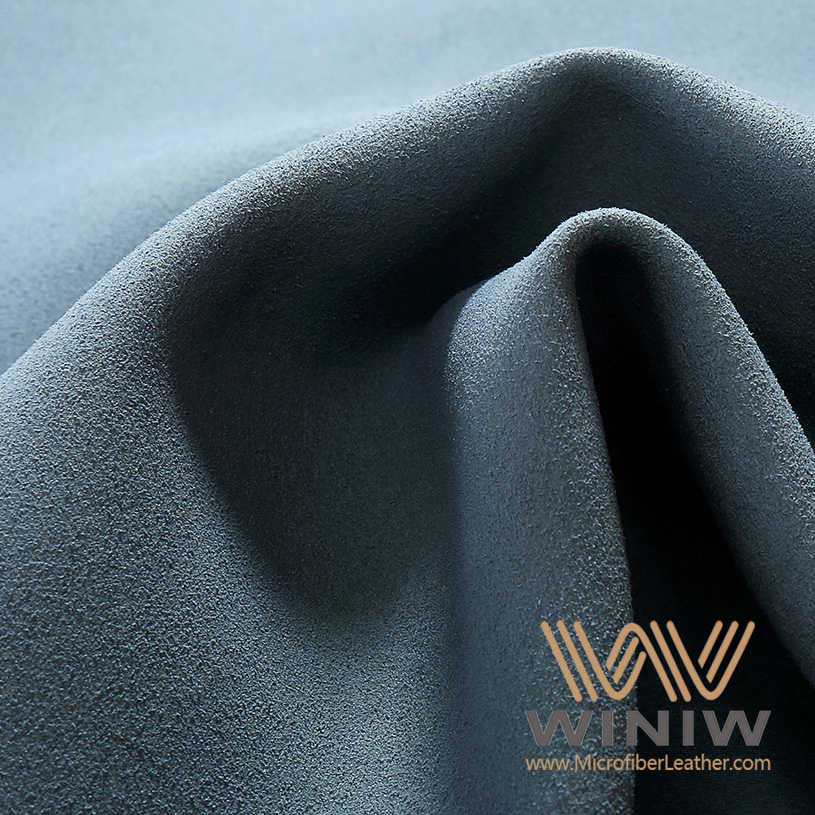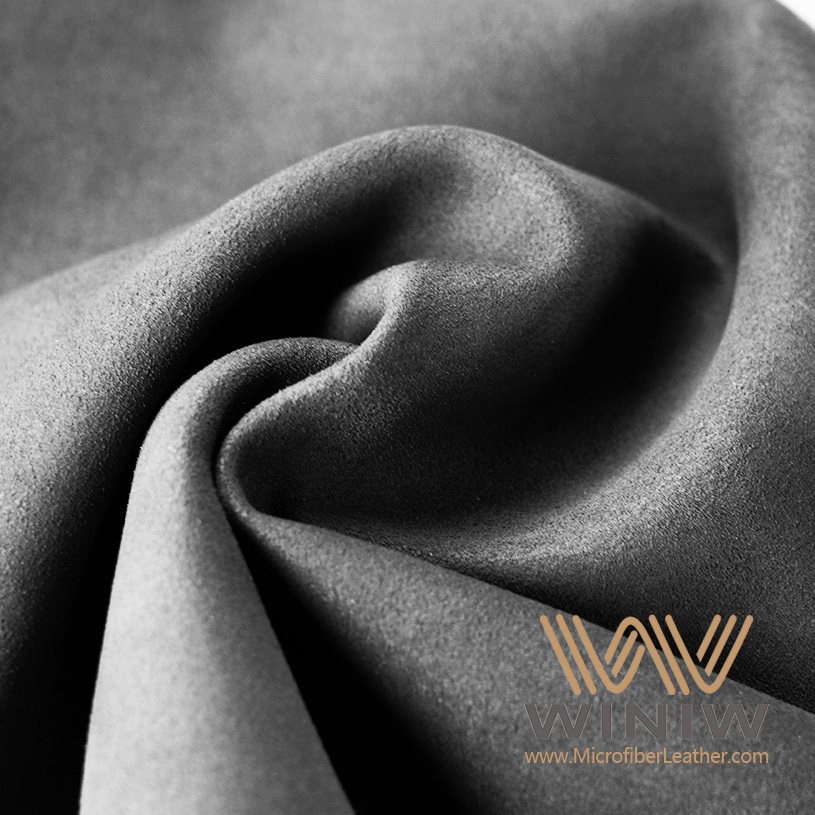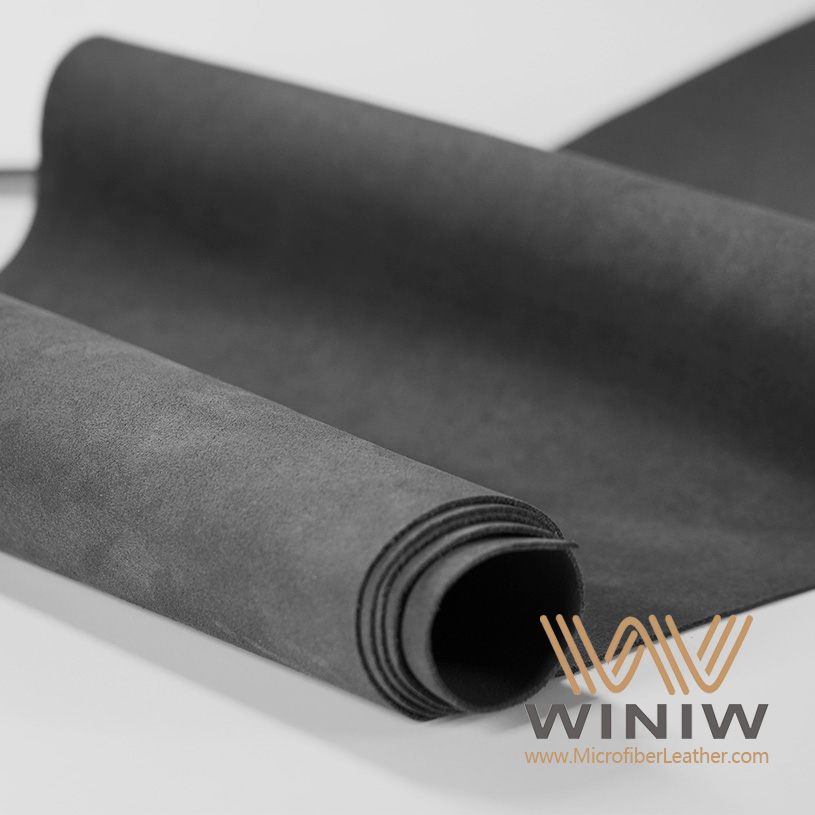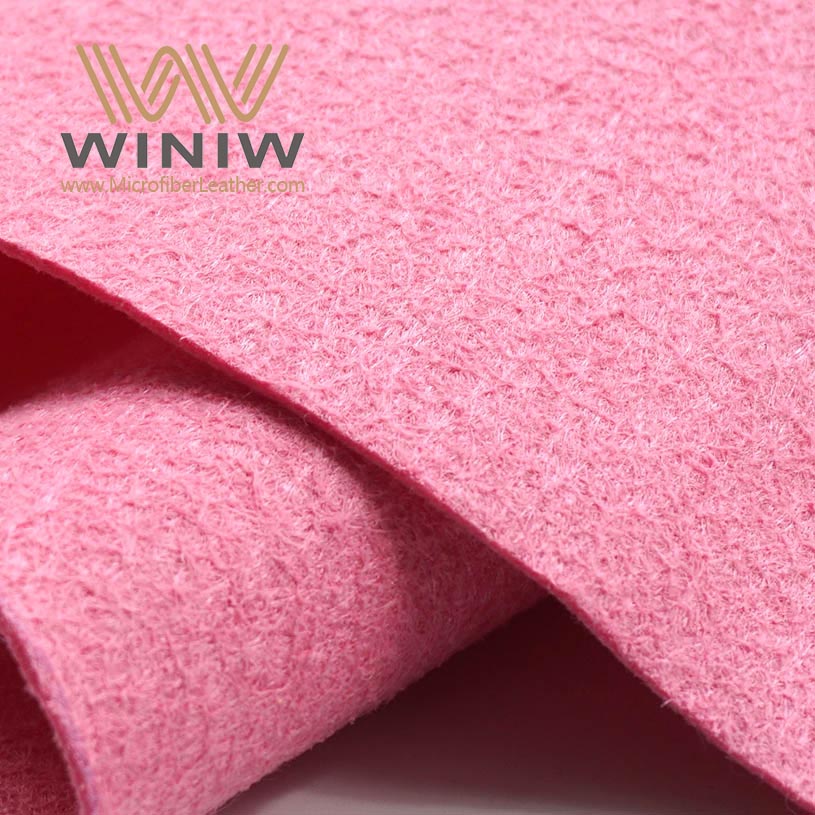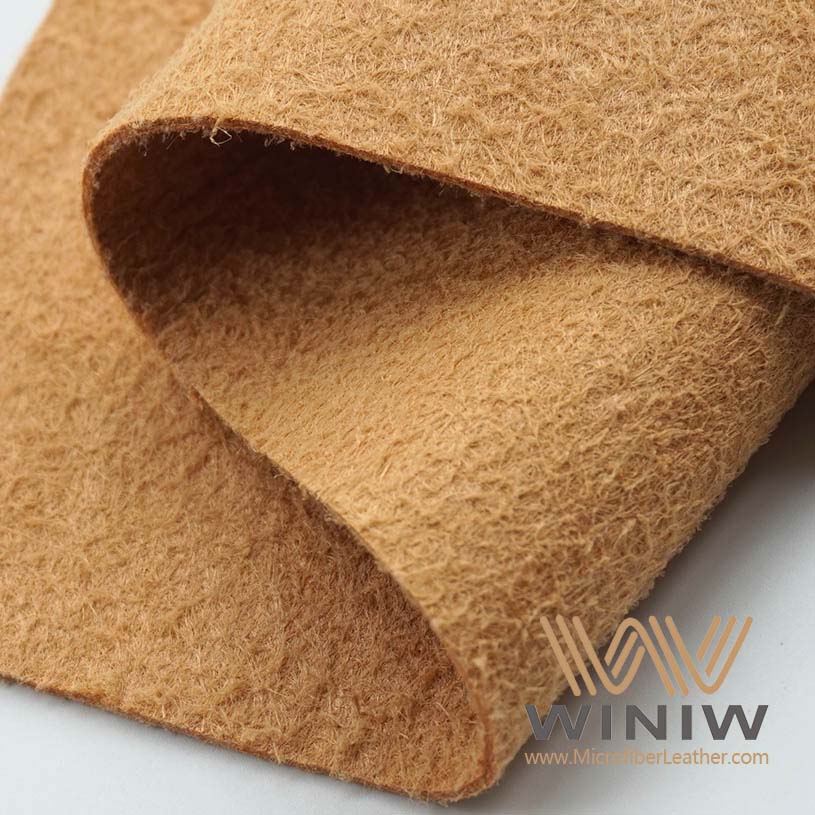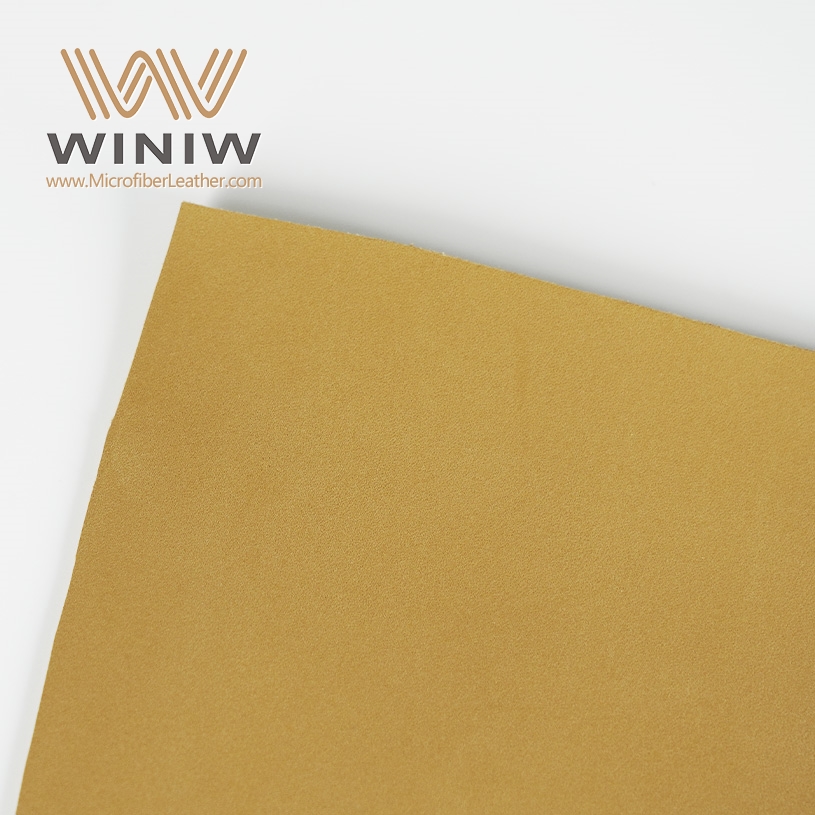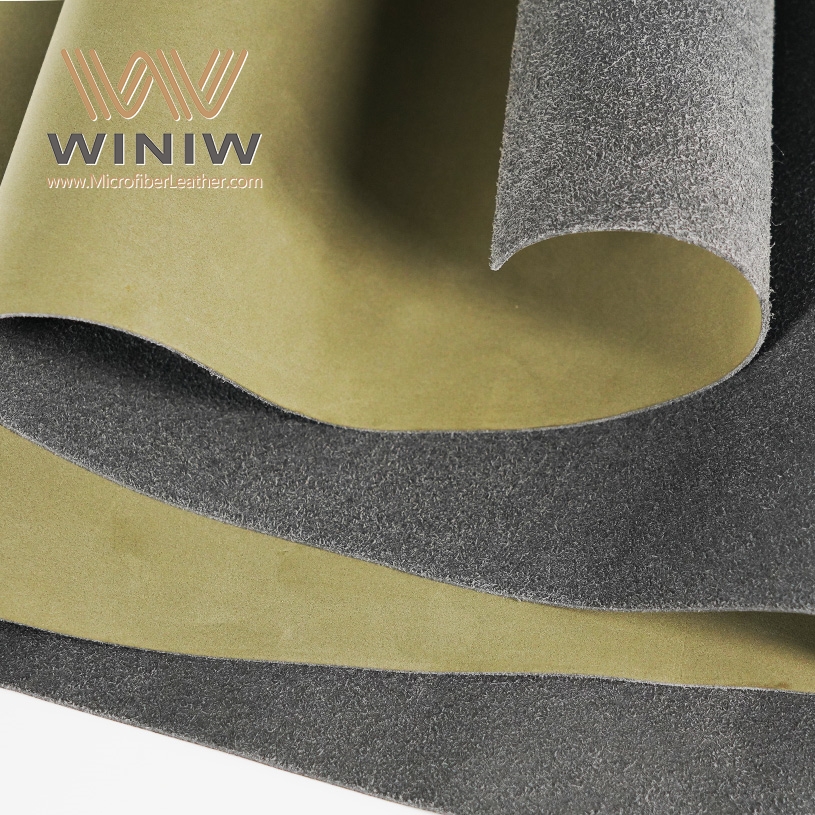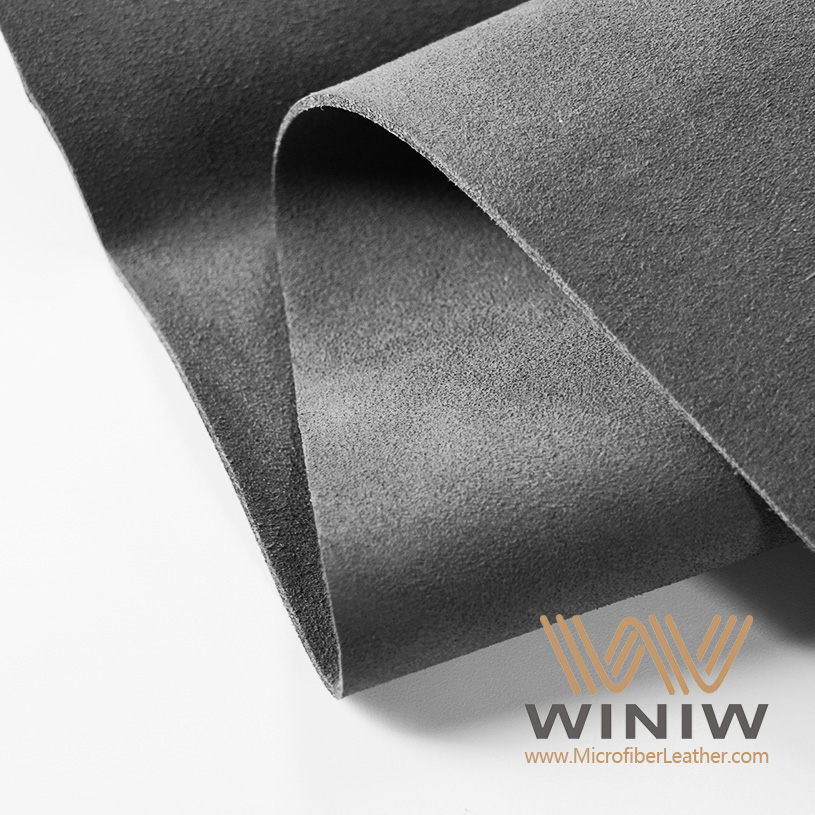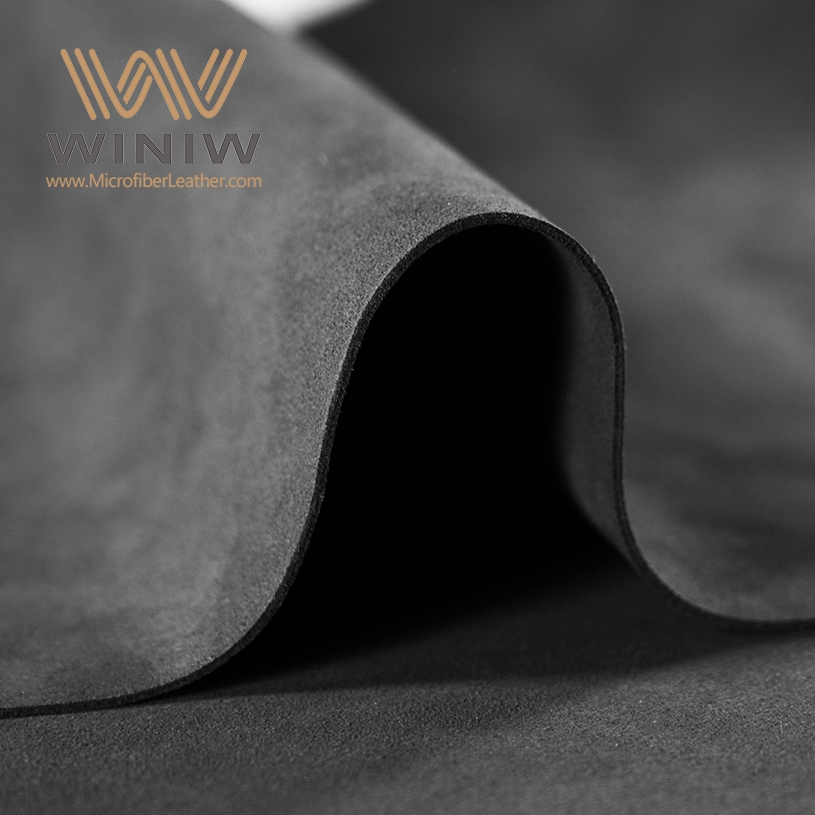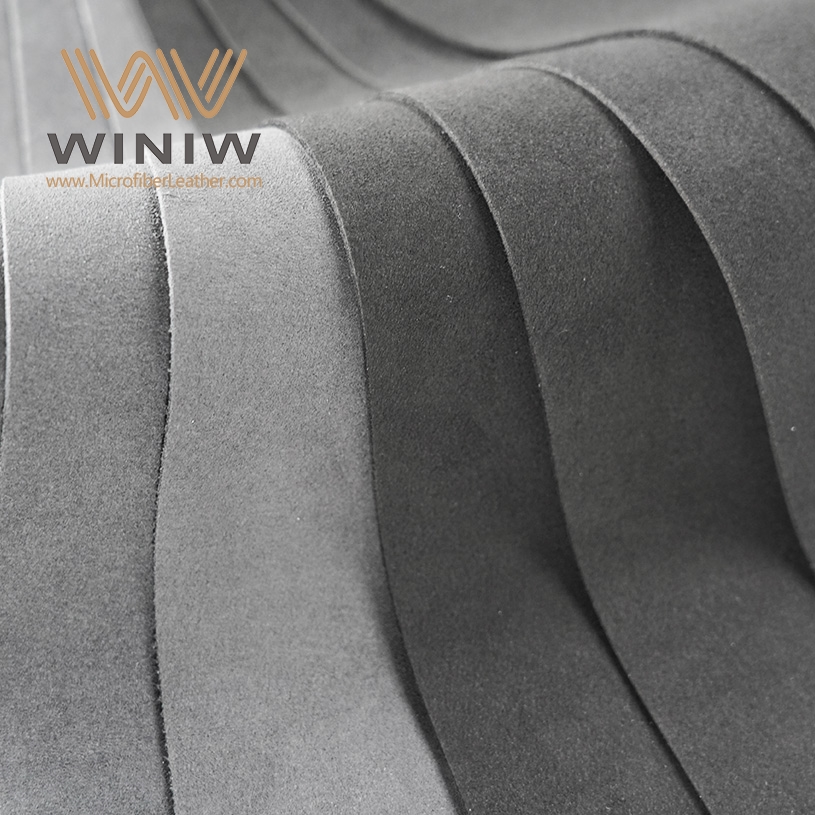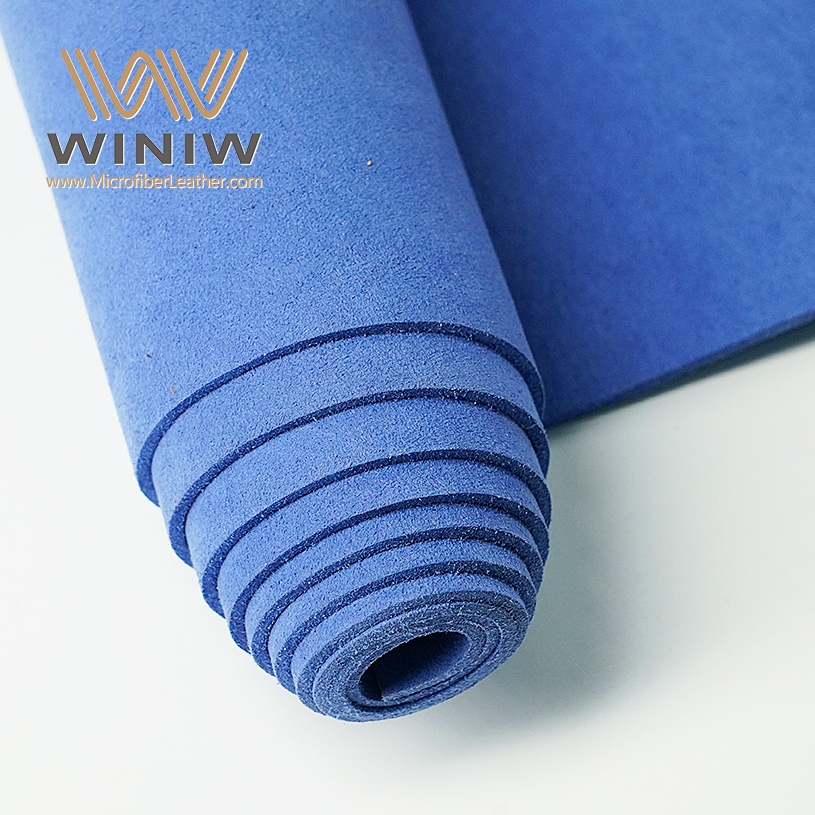
You can remove stains from sofa microsuede without damaging the fabric. Microsuede resists most stains, including juices, pet stains, and coffee, as shown below:
Stain Type | Frequency (%) |
|---|---|
Juices | 25% |
Pet stains | 21% |
Coffee | 20% |
Sauces/condiments | 15% |
Red wine | 12% |
Many believe cleaning requires harsh chemicals or extensive maintenance. In reality, proper care with a microfiber towel keeps your sofa looking fresh.
Microsuede uses synthetic fibers, making it durable.
Regular cleaning maintains appearance.
Avoid water and soap unless safe.
Act quickly when spills occur for best results.
How to Remove Stains from a Microsuede Sofa Without Damage
Always check the care tag on your microsuede sofa before cleaning. It provides essential codes that guide safe cleaning methods.
Act quickly when spills occur. Blot stains with a microfiber cloth instead of rubbing to prevent damage.
Regular vacuuming and using fabric protectors can help maintain your microsuede sofa's appearance and extend its lifespan.
Identify Stains and Prepare Sofa Microsuede

Check Care Tag and Cleaning Codes
Before you begin cleaning, always check the care tag on your sofa microsuede. The tag provides essential cleaning codes that guide you on safe methods. Use the table below to interpret these codes:
Cleaning Code | Meaning | Safe Cleaning Method |
|---|---|---|
W | Water-based cleaning | Use water-based cleaners, mild soap solutions |
S | Solvent cleaning only | Dry cleaning solvents, rubbing alcohol (ventilate) |
W-S | Water or solvent cleaning | Both water-based and solvent cleaners work |
X | Vacuum only | No liquids – vacuum or call professionals |
Understanding these codes helps you avoid mistakes when you clean a microsuede couch. If your tag says "W/S," you can use either water-based or solvent-based products, which gives you flexibility for different stains.
Assess Stain Type
Identifying the type of stain is a key step in how to clean a microsuede couch. Use this table to help you recognize common stains:
Type of Stain | Visual Identification |
|---|---|
Food Stains | Dark spots or discoloration |
Beverage Stains | Deep, lasting colors like brown or red |
Pet-Related Stains | Greasy texture and lingering odor |
Quick identification allows you to choose the right cleaning approach and prevents stains from setting.
Gather Cleaning Supplies
Prepare your supplies before you start. Experts recommend the following for basic microsuede care:
Vacuum cleaner with upholstery attachment
Microfiber cloths for blotting and spot cleaning
Rubbing alcohol for stubborn stains
Baking soda for odor control
Mild soap for water-safe fabrics
Soft fabric brush to restore texture
Baby wipes for quick clean-ups
Tip: Act fast when spills occur. Blot with a clean microfiber cloth, working from the outside in. Never rub aggressively. Keeping supplies nearby ensures you can respond quickly to accidents and maintain clean microsuede furniture.
Immediate attention and the right supplies make removing stains and washing microsuede correctly much easier. Following these steps helps you clean a microfiber couch safely and keeps your sofa microsuede looking its best.
How to Clean a Microsuede Couch Step-by-Step
Cleaning your sofa microsuede requires a careful, methodical approach. Follow these steps to ensure you remove stains without damaging the fabric or altering its texture.
Test Cleaning Solution First
Before you clean a microsuede couch, always test your chosen cleaning solution. This step prevents discoloration or damage to your upholstery.
Select a hidden area on your sofa microsuede, such as the back or underside.
Apply a small amount of the cleaning solution to a clean, non-colored cloth.
Gently work the solution into the fabric using a circular motion.
Allow the area to dry completely.
Check for any color changes, watermarks, or texture differences.
If the test spot looks unchanged, proceed to treat the stained areas.
Tip: Always read the care tag and manufacturer’s instructions before using any cleaning product. Testing first helps you avoid costly mistakes.
Remove Stains with Rubbing Alcohol or Soap
Once you confirm the cleaning solution is safe, address the stain directly. For most stubborn stains, you can use rubbing alcohol or a mild soap, depending on your sofa’s cleaning code.
For solvent-safe fabrics (S or W-S codes), apply a small amount of rubbing alcohol to a microfiber cloth. Blot the stain gently, working from the outside in. Avoid scrubbing, which can damage the fibers.
For water-safe fabrics (W or W-S codes), mix a few drops of mild soap with water. Dampen a microfiber cloth with the solution and blot the stain.
For commercial products, follow the instructions on the label. Products like Woolite, Folex Instant Carpet Spot Remover, and Blue Coral Upholstery Cleaner are highly rated for removing stains from microsuede.
Note: Never soak the fabric. Excessive moisture can cause watermarks, permanent rings, or even mold inside the cushion.
Use Baking Soda for Odors
If your sofa microsuede has absorbed odors, baking soda offers a safe and effective solution.
Sprinkle a thin layer of baking soda over the affected area.
Let it sit for at least 15 minutes to absorb odors.
Vacuum thoroughly using the upholstery attachment.
Natural cleaning solutions like baking soda help you clean microsuede furniture without introducing harsh chemicals into your home.

Restore Texture with Soft Brush
After removing stains and allowing the area to dry, restore the soft, even texture of your microsuede.
Lightly spray a microfiber towel with a microsuede-specific cleaner if needed.
Gently wipe the cleaned area to lift the fibers.
Use a soft brush, such as one with horsehair bristles, to fluff and untangle any matted spots.
Tip: Avoid using stiff brushes or scrubbing hard. Gentle brushing preserves the plush feel of your microfiber couch.
Additional Tips for Deep Cleaning and Mistake Prevention
For deep cleaning, consider steam cleaning if your care tag allows it. Steam cleaning penetrates deep into the fabric, removes allergens, and uses eco-friendly solutions. However, it requires longer drying time and may not suit all microsuede types.
Shampooing can target specific stains and refresh your sofa, but may leave residue if not rinsed properly.
Always use products designed for upholstery. Avoid harsh chemicals, as they can break down fibers and cause discoloration.
Never soak your sofa microsuede with water. Over-wetting can lead to watermarks, mold, and structural damage to the cushion filling.
Do not rub stains aggressively. Blotting is more effective and prevents spreading.
If you encounter a stain that will not lift or if you are unsure about the cleaning code, consult a professional upholstery cleaner.
Common Mistakes to Avoid:
Soaking the fabric with water or cleaning solution.
Using the wrong cleaning products or tools.
Applying excessive heat or fabric protectors incorrectly.
Ignoring professional help for tough stains.
By following these steps, you can confidently handle removing stains and learn how to clean a microsuede couch without risking damage. Regular care and prompt attention to spills will keep your sofa microsuede looking and smelling fresh.
Maintain and Protect Your Microsuede
Regular Vacuuming and Care
You keep your microsuede sofa looking its best with consistent care. Weekly vacuuming removes dirt, dust, and debris that cause friction and stress on the fabric. This routine helps maintain the plushness and soft appearance of your sofa. Use a soft brush attachment and focus on crevices between cushions to prevent debris buildup. Quick responses to spills and regular odor control are essential parts of basic microsuede care. Baking soda can help neutralize odors, while a microfiber cloth works well for spot cleaning.
Removes dirt and dust that cause premature wear
Preserves the soft, appealing look of your sofa
Prevents buildup in hard-to-reach areas

Prevent Future Stains
You can prevent a stain from becoming permanent by acting fast. Applying a fabric protector, such as Scotchgard or protectME, repels liquids and dirt while maintaining the natural feel of your sofa. Reapply fabric protectors every 6–12 months for high-use sofas, or every 1–2 years for less-used pieces. Use sofa covers or slipcovers for added protection. Establish house rules, like no eating on the sofa, and use mats or coasters to minimize direct contact. Educate everyone in your home about prompt spill handling. These steps make it easier to clean microsuede furniture and keep it looking new.
When to Call a Professional
Sometimes, stains resist your best efforts. You should call a professional upholstery cleaner for stubborn stains, deep cleaning, or when you want to avoid accidental damage. Professionals use specialized equipment and tailored solutions for your microfiber sofa. They remove allergens, eliminate odors, and restore your sofa’s appearance. The average cost for professional cleaning ranges from $100–$300, while DIY methods usually cost $80–$180.
Cleaning Method | Average Cost |
|---|---|
Professional Cleaning | $100–$300 |
DIY Cleaning | $80–$180 |
If you want to know how to clean a microfiber couch thoroughly or need to clean a microfiber couch after a tough spill, professional help ensures the best results.
You protect your microsuede sofa by following these steps:
Test cleaning solutions in a hidden spot.
Act quickly on spills.
Let the fabric air dry away from sunlight.
Regular maintenance keeps your sofa looking its best.
Proper care extends its lifespan and preserves its inviting appearance.

FAQ
Can you use a steam cleaner on a microsuede sofa?
You can use a steam cleaner if your care tag allows it. Always test a small area first. Avoid over-wetting the fabric.
How often should you vacuum your microsuede couch?
You should vacuum your microsuede couch once a week. This routine removes dust and debris, keeping the fabric fresh and extending its lifespan.
What should you do if a stain will not come out?
Try a recommended upholstery cleaner.
If the stain remains, contact a professional upholstery cleaning service for safe removal.


